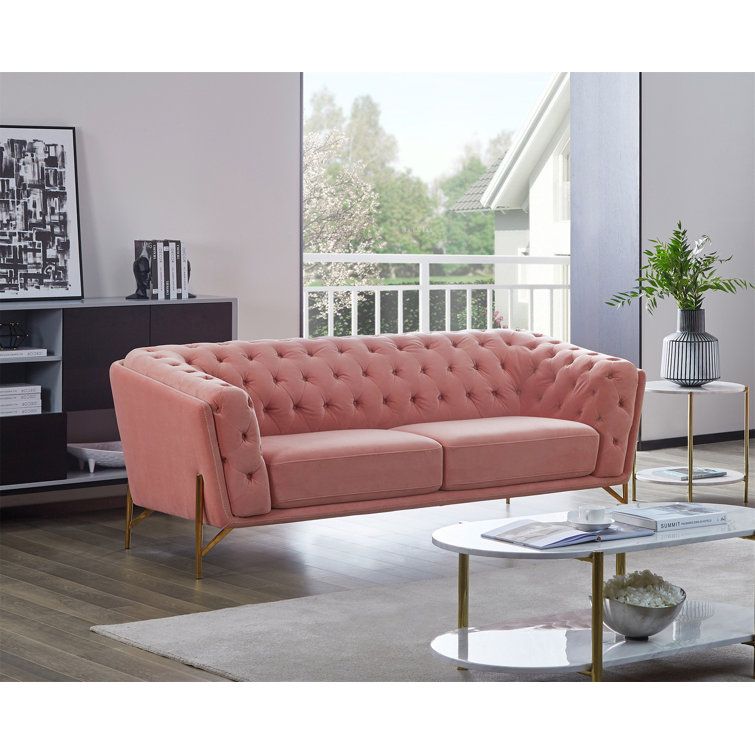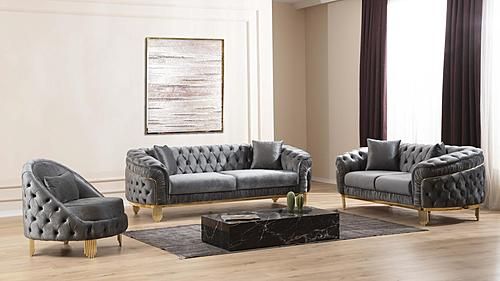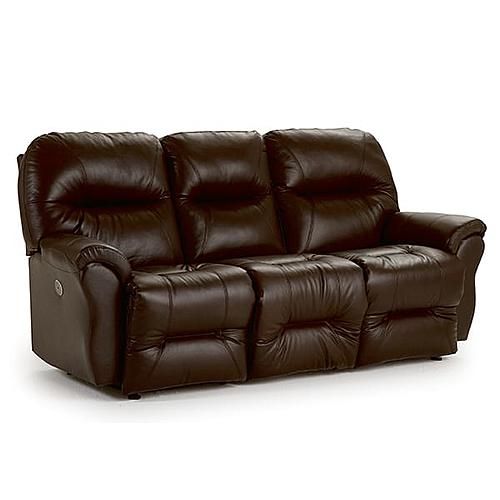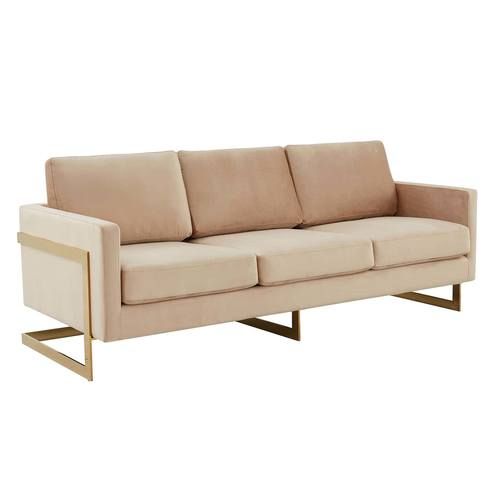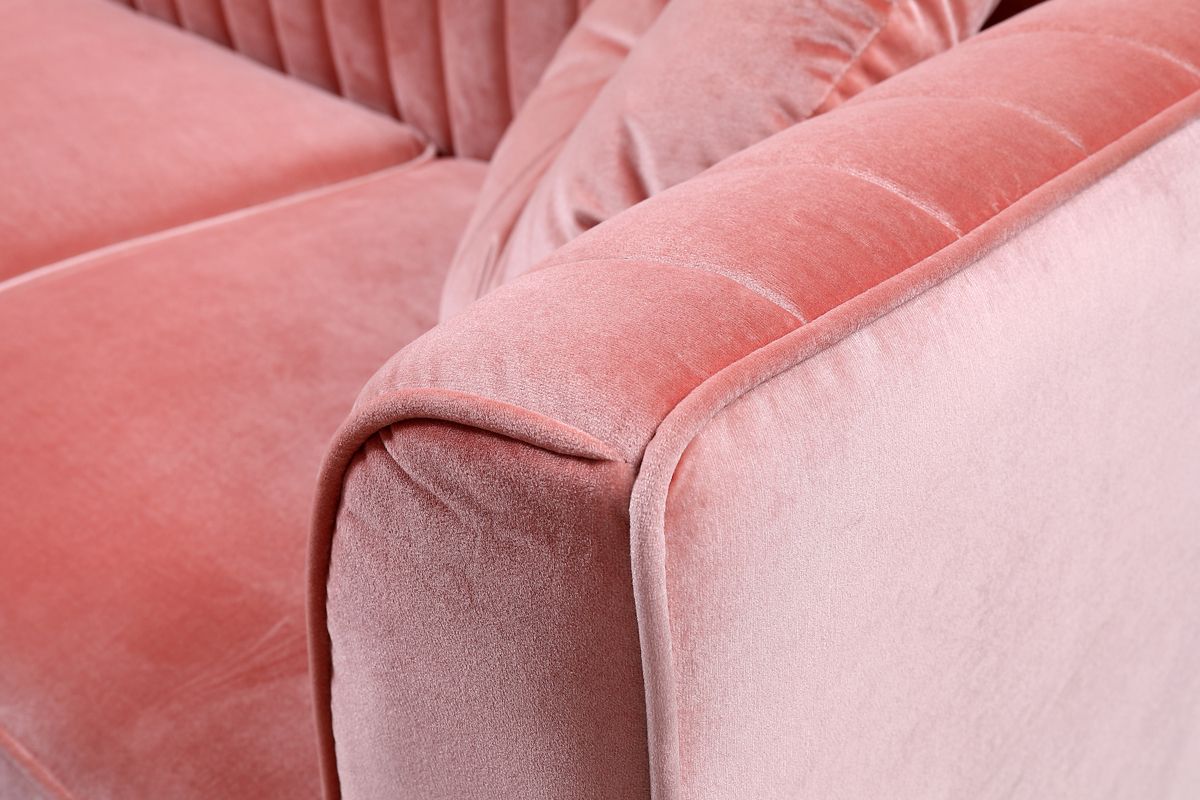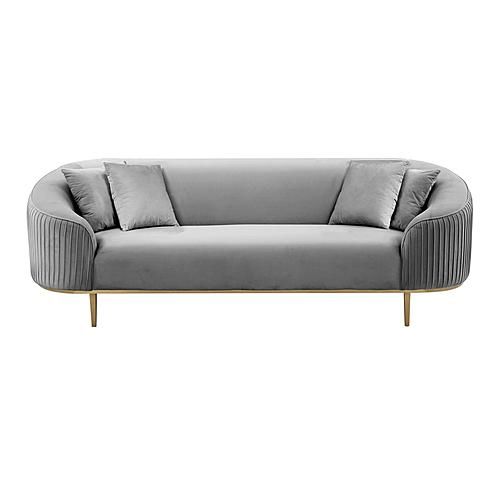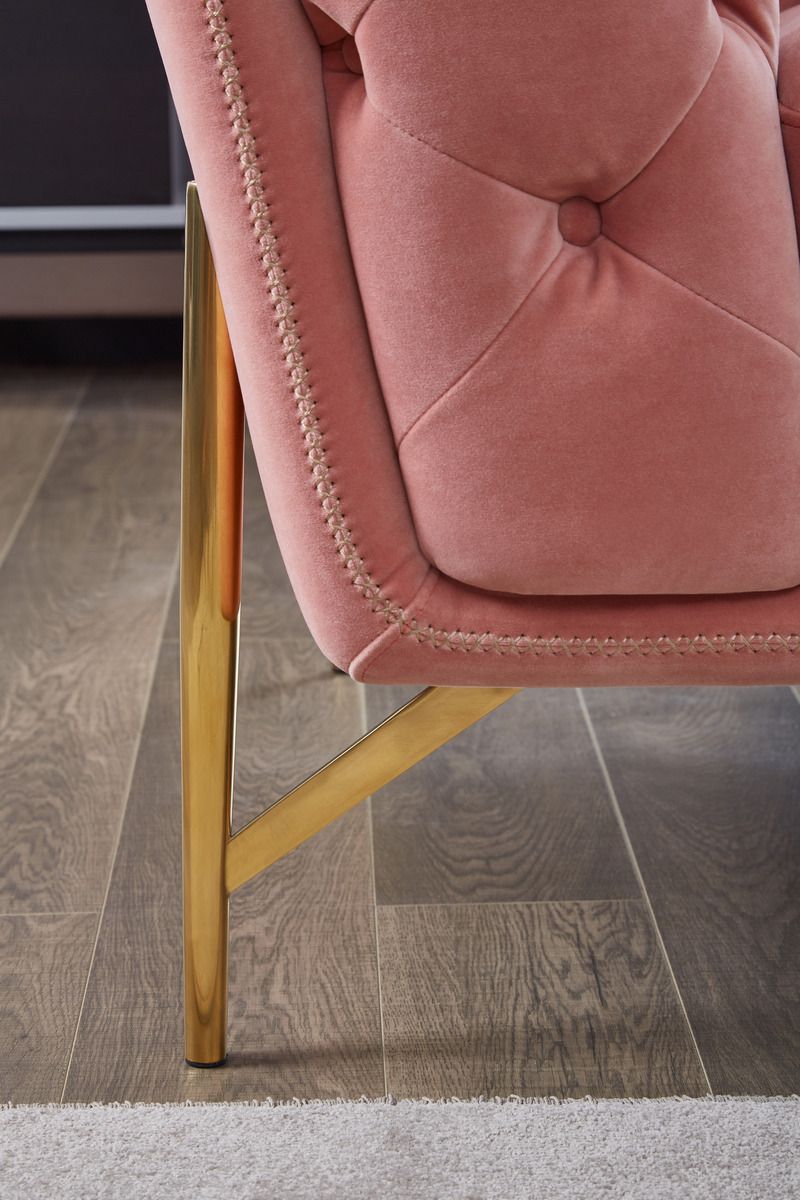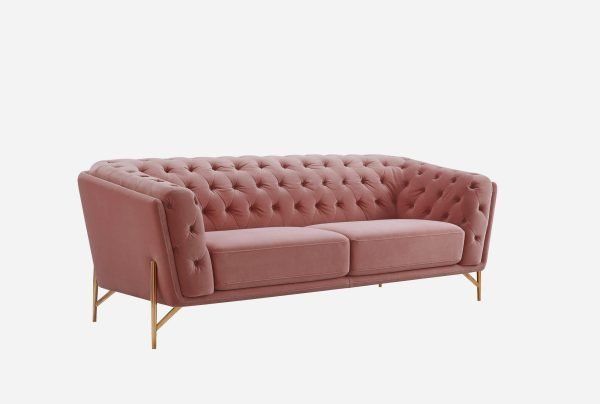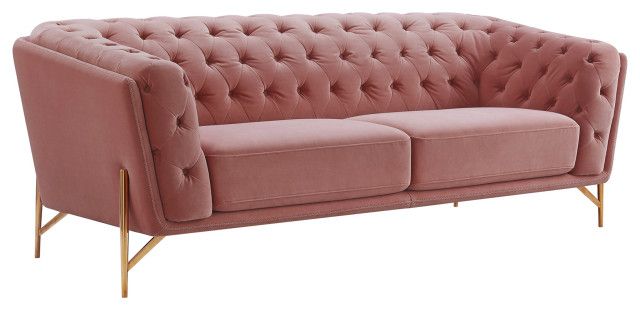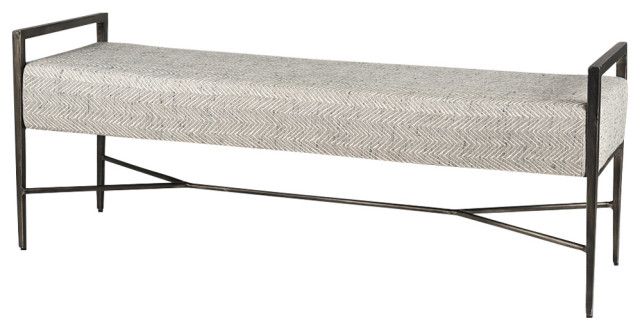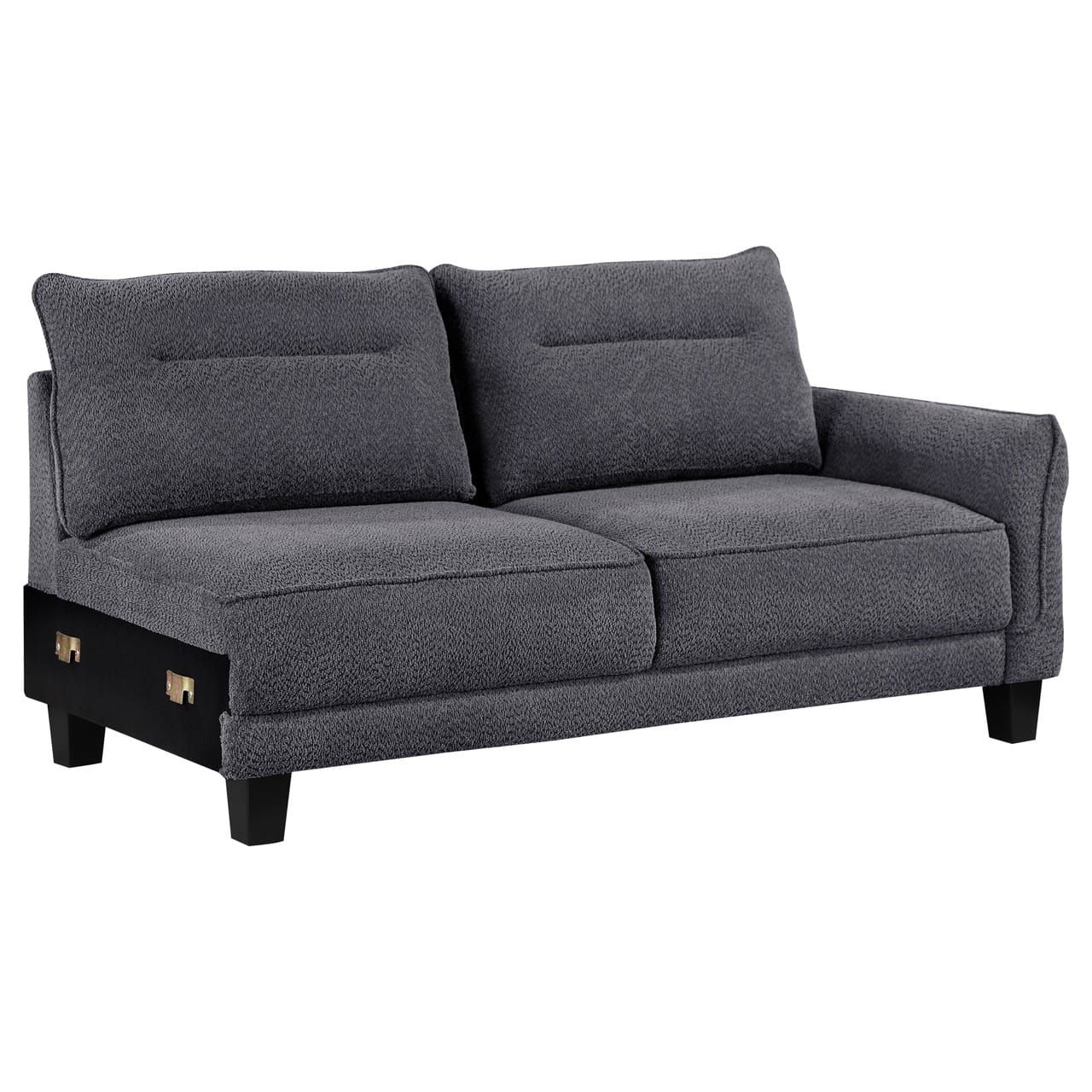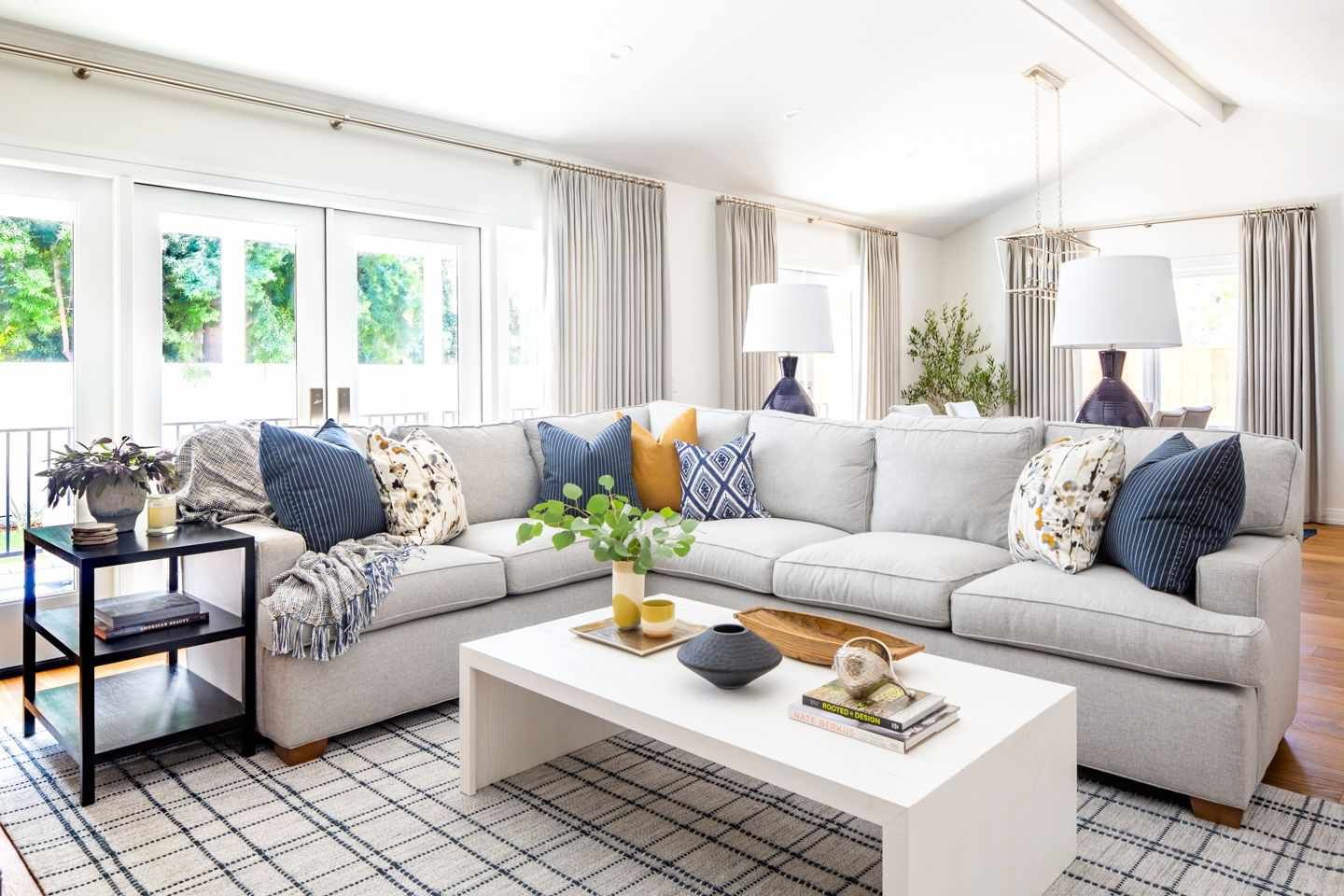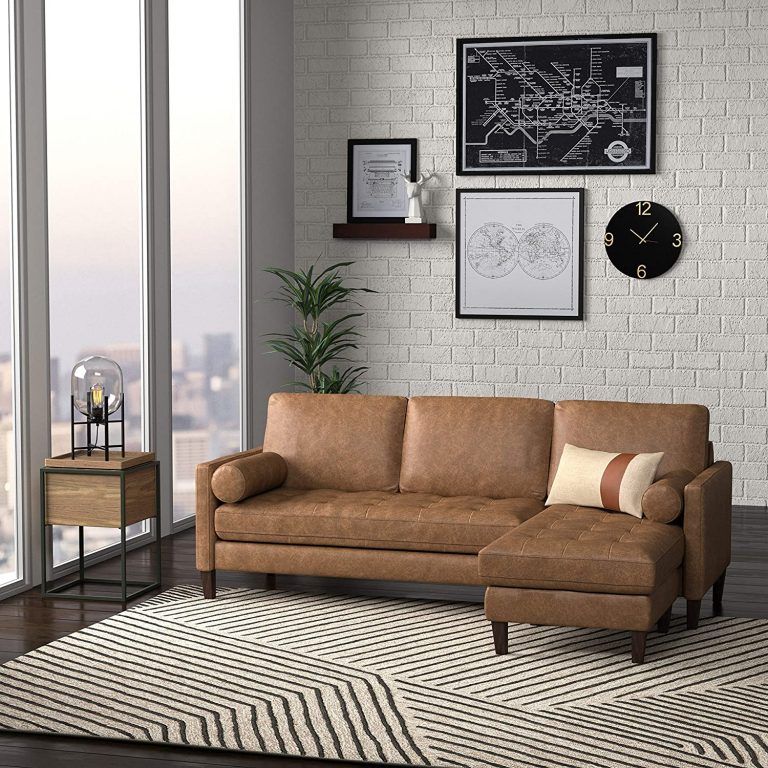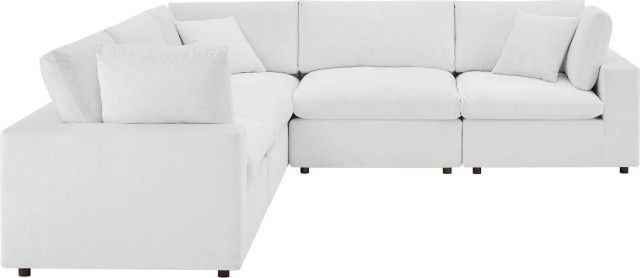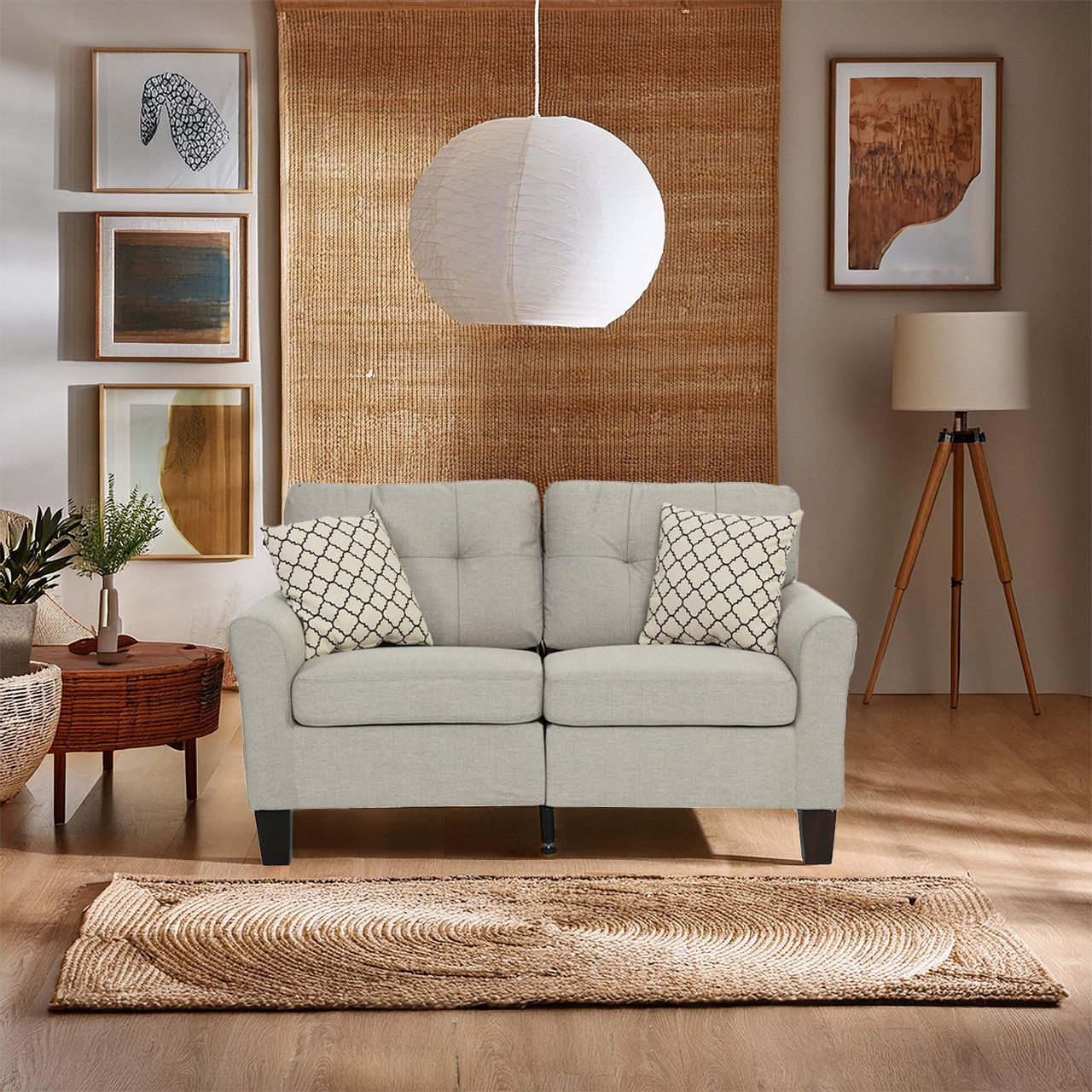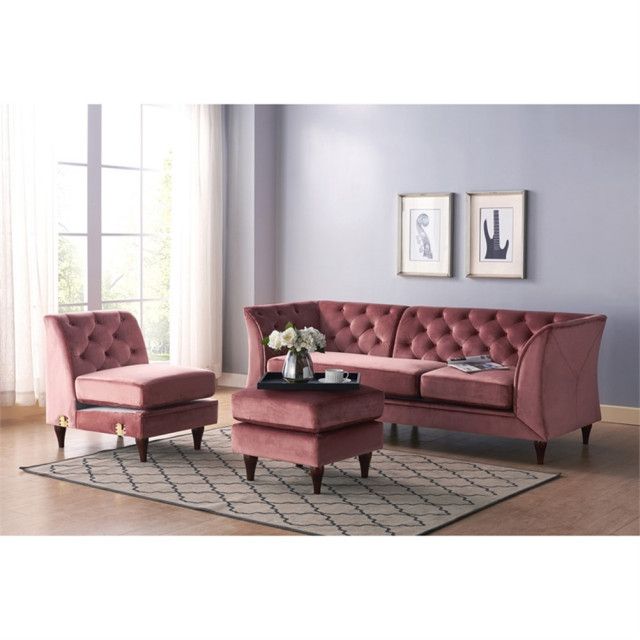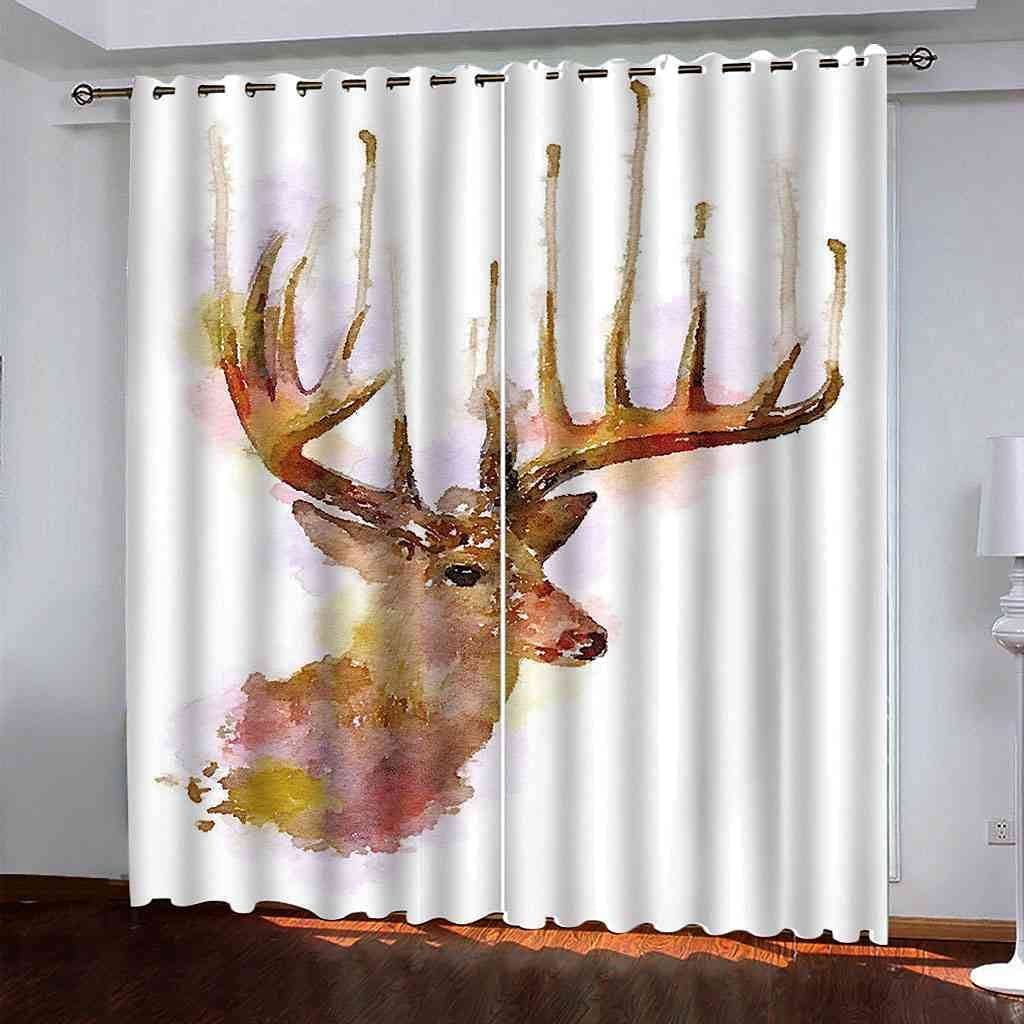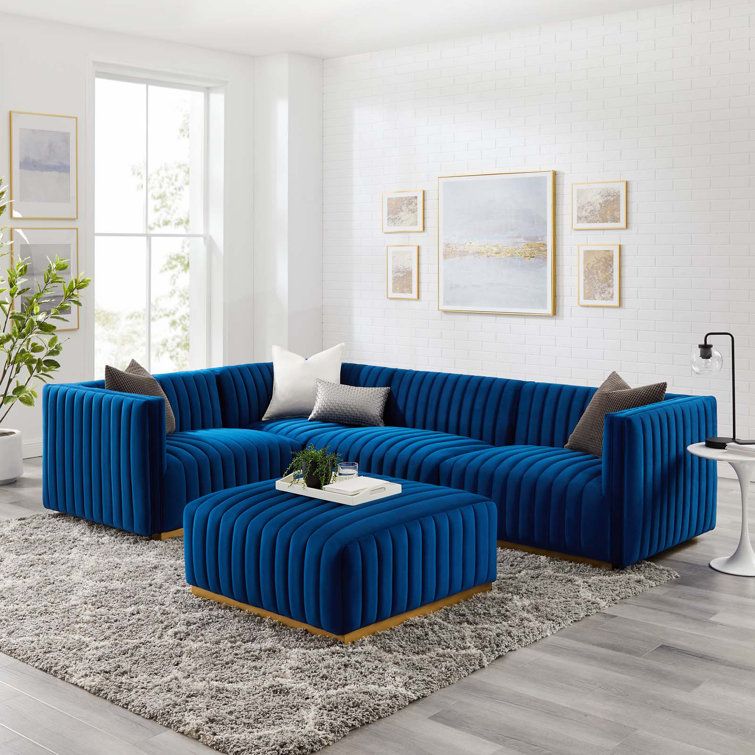Hey, fellow tufting enthusiasts! It’s your friend, the Tufting Titan, here, ready to get our hands dirty, or, well, maybe just talking about getting our hands dirty today. We’re diving deep into a design that’s captivated hearts and homes for ages: the diamond tuft, particularly as seen on the gorgeous Divani Casa sofas. This isn’t just about aesthetics; it’s a story of craft, precision, and the magical transformation of flat fabric into luxurious comfort. Buckle up, because we’re about to explore the ins and outs of this iconic look.
The diamond tuft isn’t just a pattern; it’s a statement. It whispers of elegance, sophistication, and a certain je ne sais quoi that elevates any piece of furniture. When you see it on a Divani Casa sofa, you know you’re looking at a piece of art, a testament to skilled workmanship and a commitment to design. But how is it done? What makes the diamond pattern so darn captivating? That’s what we’re here to uncover. We’ll explore the methods, the materials, and the history behind this beloved design, so you can appreciate it even more. And who knows, maybe even try your hand at recreating it someday!
The Basics: What is Diamond Tufting?
At its core, diamond tufting is a technique where fabric is secured to the frame of the furniture at regular intervals, creating a series of indentations that form a diamond-shaped grid. Think of it like sewing buttons through the fabric and padding, pulling it taught and creating those characteristic dips. It’s a method that adds depth, texture, and a whole lot of visual interest to a flat surface. The spacing and the depth of the tufts are what really give the diamond pattern its character. It’s a careful dance between fabric, stuffing, thread, and a skilled craftsman’s hands. It’s not always easy, but the results are always stunning.
Materials Matter: Choosing the Right Stuff
The choices you make in materials are crucial to the quality and look of your diamond tufting. First, the fabric: You’ll need something that drapes well, can withstand the tension of the tufting process, and looks fabulous! Velvet, leather, and high-quality linen are popular selections. Next, the padding: This is what gives the sofa its plump shape and those lovely dips. You might use foam, down, or a combination of the two. Then there’s the thread: Strong, durable thread is essential to hold everything together. And, of course, you’ll need buttons or other decorative elements to finish off the tufts. Remember, quality materials lead to a quality outcome. It’s worth investing in the best you can afford.
The Tufting Process: Step-by-Step (Simplified)
Let’s break down the basic steps. First, you’ll need to mark where the tufts will go on the fabric. This needs to be precise; a ruler and a template are your friends here. Then, you’ll attach the fabric to the frame, making sure it’s taut. Next comes the crucial part: creating the tufts. This usually involves pushing a needle and thread (or a tufting tool) through the fabric and padding, securing it to the frame with a button or a knot. The tightness of the thread and the amount of padding will determine the depth of the diamond. Finally, you’ll carefully trim any excess fabric and ensure everything is neat and tidy. It is a time-consuming task, but the payoff is worth it!
Diamond Tufting and the Divani Casa Legacy
Divani Casa is renowned for its luxurious and contemporary designs, and diamond tufting is often a key element of their aesthetic. They use premium materials, impeccable craftsmanship, and a keen eye for detail to create sofas that are not just furniture, but works of art. Their commitment to quality and their willingness to embrace this iconic design element has helped make the diamond tufted sofa a symbol of style and sophistication. They have really mastered this technique, and their pieces are a great source of inspiration.
Beyond the Basics: Variations and Innovations
While the classic diamond pattern remains timeless, there are always ways to innovate. Experiment with different sizes of diamonds, the depth of the tufts, and the spacing between them. You can also play with the materials: Consider using contrasting fabrics or adding decorative buttons. Some designers even incorporate different shapes, like squares or hexagons, within a diamond-like arrangement. The key is to be creative and to push the boundaries of what’s possible. Don’t be afraid to try new things and see where your creativity takes you. There are no rules, only guidelines!
Tips and Tricks for the Aspiring Tufter
Ready to give diamond tufting a try? Here are a few practical tips:
- Start Small: Begin with a small project, like a cushion or an ottoman, to get a feel for the process.
- Use a Template: A template will help you maintain consistent spacing and ensure your diamonds are even.
- Pre-Drill Holes (for Buttons): This makes it easier to insert the buttons and prevents the fabric from tearing.
- Practice Makes Perfect: Don’t be discouraged if your first attempt isn’t flawless. It takes practice to master this technique.
- Seek Guidance: Watch tutorials, read articles, and connect with other tufters. The tufting community is very supportive.
- Safety First: Always use appropriate safety gear when working with needles and tools.
Good luck, and happy tufting!
The diamond tuft, particularly as seen on the Divani Casa sofa, is more than just a design element; it’s a symbol of quality, artistry, and timeless elegance. It’s a testament to the power of craftsmanship and the beauty of detail. Whether you’re a seasoned professional or just starting out, the diamond pattern offers a world of creative possibilities. So, embrace the challenge, celebrate the process, and enjoy the satisfaction of creating something truly beautiful. Go forth, and tuft away! And remember, keep practicing, keep learning, and most importantly, have fun!
